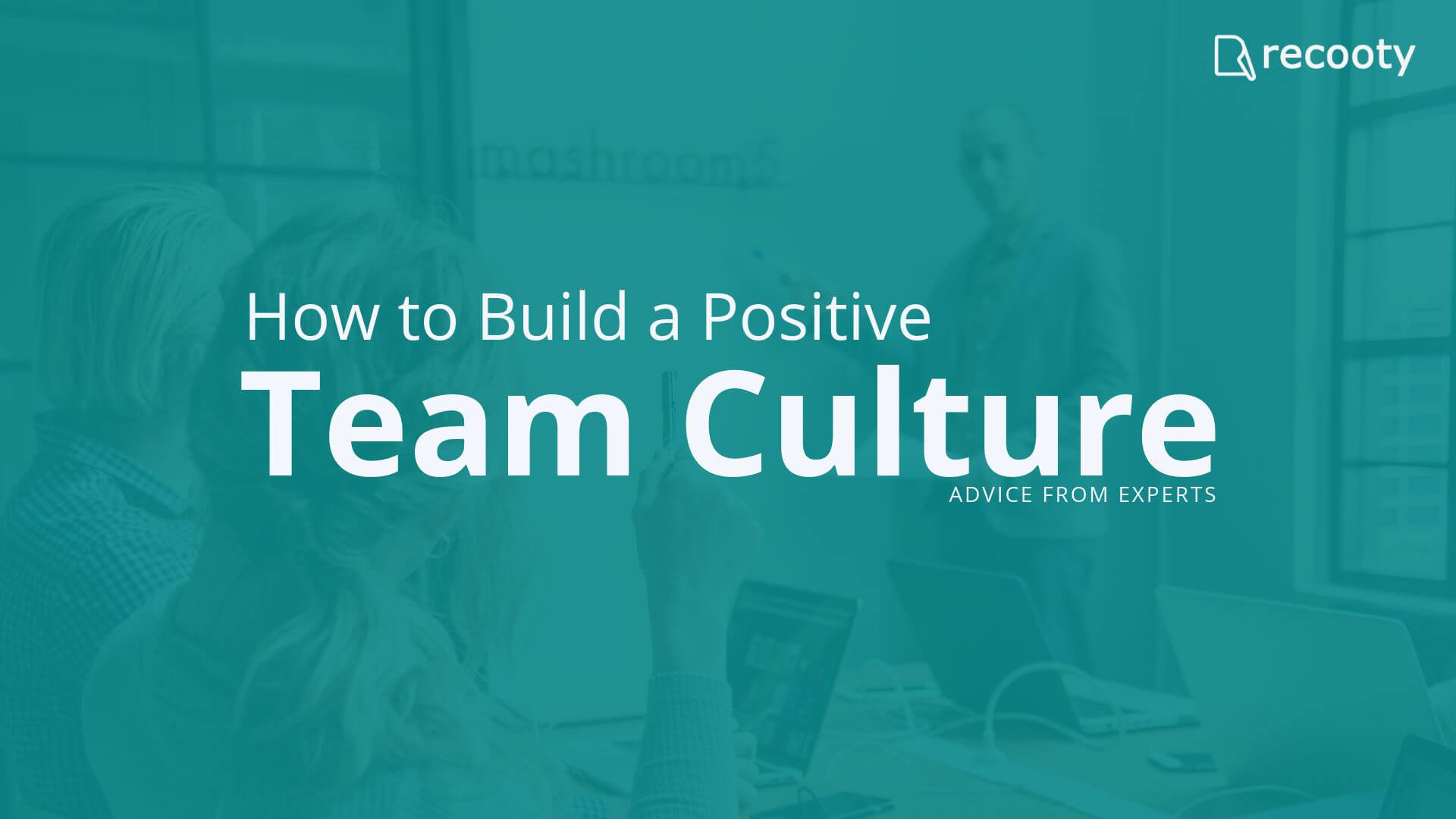

Company culture is just a collection of behaviors. Therefore, a company’s influence on culture is only as strong as its influence on behavior. So how does a company help build a positive company culture?
We’ve had a chat with the industry experts with over 5 years of experience to help you build a positive company culture. Let’s check what experts say!
1. Christoph Seitz (Co-Owner, CFR Rinkens)


We focus on improving company culture in a number of ways, and we are always trying to improve our employee’s work environment. One of the best things we’ve done is to create a new position called the “Director of Happiness”. The main goal of this position is to increase engagement from employees and to enhance our company’s culture. We focus on identifying the core values we want our company to align with. We also support transparency and display recognition for reaching goals on a large screen that is in the center of our office for everyone to see. In addition, we celebrate birthdays with catered lunches and hand out team member of the month awards with a value of $500. Also, we set up a monthly meeting where we recognize the success of each section of the company, which is followed by free lunch and games. We’re positive that this leads to happy employees and better company culture.
2. Jack Wight (CEO & Owner, Buyback Boss)


One of the most important things we use in our management structure is mandatory one on one meetings between each direct report and their manager. These meetings are used to check-in on every team member, and make sure they are happy. While these meetings are also used to provide updates, the primary purpose of them is to foster positive relationships between every team member and their direct manager. Once we implemented these meetings, it had a dramatic positive effect on our team’s culture as a whole.
3. Ruben Navarrete (Founder & CEO, EmpowerPoints)


Building a positive company culture isn’t always about acknowledging the positive aspects of any given culture. Team-building outings, gift cards, parties, and free food often miss the mark in subtle ways. We have learned as we have worked with dozens of companies, that how a company handles hardship, struggle, disappointment, and grief are where the deeper connections with employees are found. If a co-worker loses a loved one and the company and co-workers respond in a loving and caring way, this will be remembered more and have a deeper impact. If the business suffers a setback and offers the employees a way to sacrifice to recover, this will do more to build a positive culture than a team-building outing. Rewards, recognition and team building are important, but acknowledging the disappointments and unexpected setbacks of the human experience are equally important.
4. Huib Maat (Sales & Marketing Manager, in-House Perfumer, Pairfum)


We have found that Creativity only flourishes in a culture that encourages ‘trial & error’, where people are happy to propose something new without fear of criticism and where a positive culture of ‘can do’ pervades everywhere. One of the most effective ways to eliminate ‘thoughtless criticism’ is that we have banned the word “but” from our company. This simple rule forces everybody to think much harder about their responses and we have found since that our team is much more willing to put crazy ideas on the table.
5. Vivek Kumar (Founder & CEO, Qlicket)


The beginning, middle, and end of building a positive company culture is employee feedback. This applies for our customers, who come to us with a desire to boost retention by giving employees a voice, and for our own enterprise, which always functions best when our employees are heard. The positive ramifications of listening to employees extend far beyond simply understanding workers’ pain points and addressing them. Research has repeatedly proven that building feedback systems into a company’s functions result in a “positive feedback culture,” in which employees seek constructive criticism about their work. As we have learned, employee feedback is important for all businesses—whether they are blue-collar warehouses or white-collar startups.
Hope this helps 🙂
















